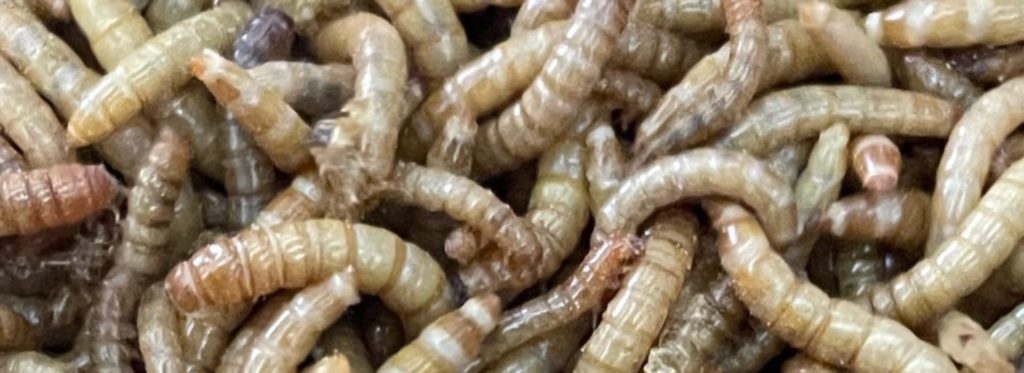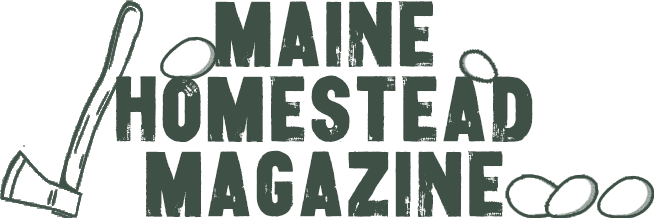How many mealworms should my chicken eat a day?
With the large size of our mealworms, feed your chickens no more than 10 mealworms a day. In the colder months, it’s ok to increase that amount to as much as 15. Remember, they are supplements and not to be used as their primary feed.

Refrigerate mealworms upon arrival
Store your new mealworms in the fridge. Refrigeration increases their larva stage by at least a couple of months. Which means this will keep them from becoming pupae.
How to keep your mealworms from pupating
Place the whole bag in a glass jar to make sure none escape and enjoy your veggies until you are ready to use them. They cannot climb the smooth glass and a lid will suffocate them. Ensure no part of the bag is above the rim of the glass jar. Once you open the bag, pour the ones you don’t use directly into the jar, and discard the bag.
A few may pupate while they are in the mail. Pupae are white with a pointed tip that wiggles if you poke it. Go ahead, poke it. If they are kept warm and fed, they will all begin to pupate. Pupae are the next stage in the mealworm life cycle, before they become Darkling beetles. Chickens still love them in this form and they should be used first.
Keeping them for more than two weeks
If you will be keeping them alive for more than two weeks, remove them from the fridge, place a strip of whole wheat bread and a small slice of carrot in with them for 24 hours at room temperature at the end of the first week. Remove uneaten foods from the jar so they will not spoil.
To keep them for longer than a couple weeks, use a cup of oats as a bedding material, which they also eat while in the jar while. Continue to remove them periodically as directed above to keep them alive.
Naturally high nutritional value
Due to their highly diverse diet, some teeny, dried vegetable and fruit bits may have made it through the sifting process. Often mealworm breeders feed a higher nutrient feeding only the day or two before shipping, it’s referred to as ‘gut-loading’.
We feed our mealworms like this from the day they hatch. We are currently looking into having our mealworms analyzed at a food lab so we can provide specific nutritional data to our customers.
“Gut loading” to increase nutritional value
The night before feeding them to your pet, you may choose to move the desired amount from the fridge to a new jar to ‘gut load’ them at room temp with whatever fresh bits of veggies and fruits you have on hand. They especially love banana peels, apple cores and leafy greens.
Certain exotic and specialty pets have differing nutritional needs that you may want to investigate. Our focus is chickens, which will pretty much eat anything.
What are these teeny reddish flakes in the bag?
Some brownish-red flakes from molting may be in the bag. Mealworms constantly molt, shedding their outer layer as they grow, this is normal. If you have any white mealworms, it’s because they just molted. Our mealworms grown in Maine shed rapidly given their diverse diet and ideal growing conditions.
Thank you for supporting our family farm in Bucksport Maine. As if farm life isn’t busy enough, I’m also an artist and avid nature lover. My trusty farm pup, Chippy, and I search for inspirations to create pieces in my diverse nature-based art. Every first-time subscription by mail shipment comes with a little gift crafted in my studio our little mountain in Maine.
-Mandy Wheaton
